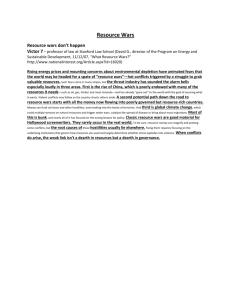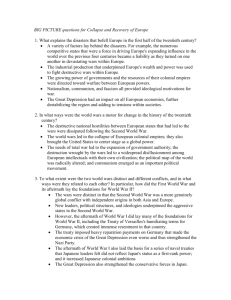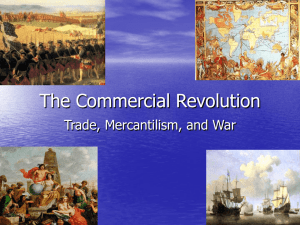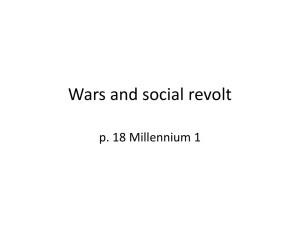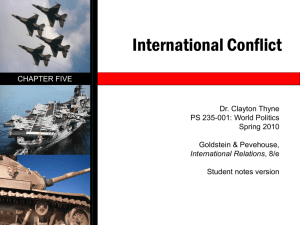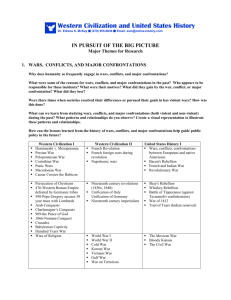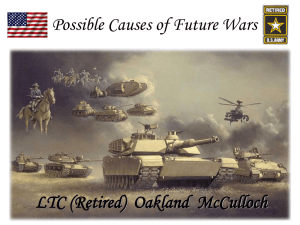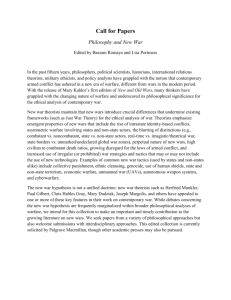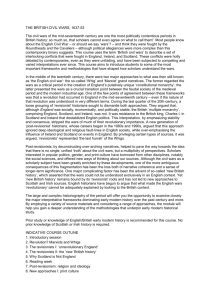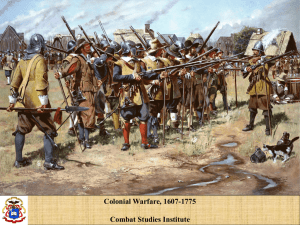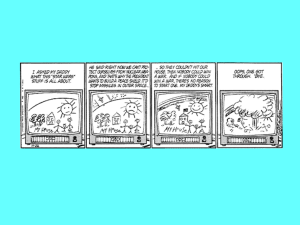Visualising war: the iconography of conflict and the Italian nation
advertisement
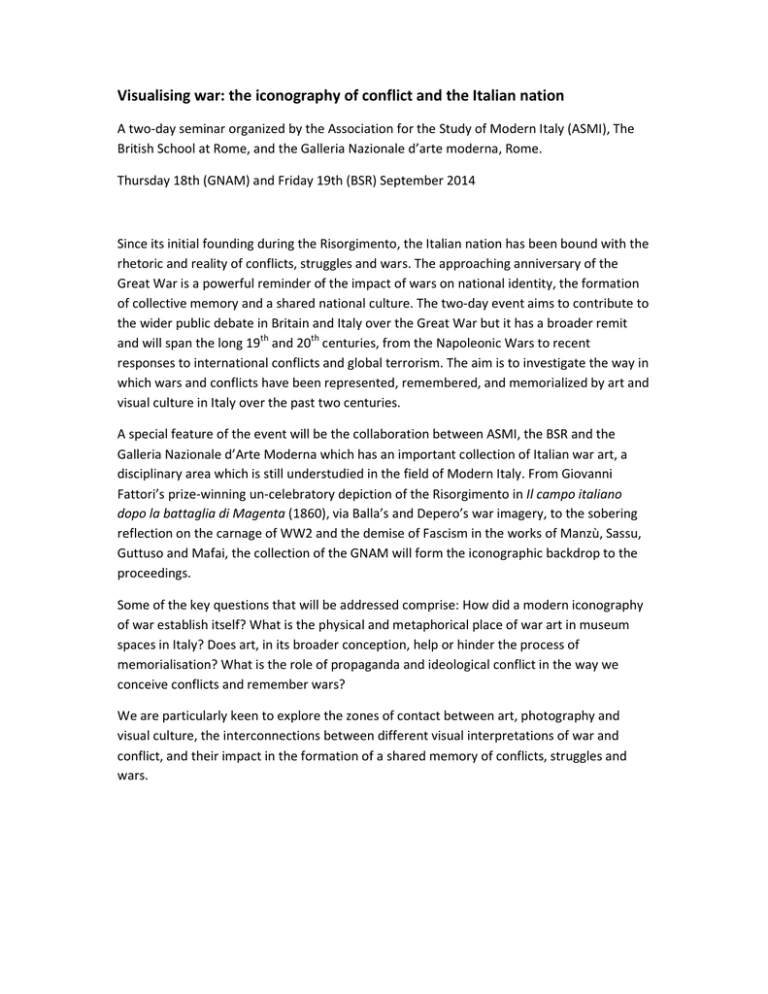
Visualising war: the iconography of conflict and the Italian nation A two-day seminar organized by the Association for the Study of Modern Italy (ASMI), The British School at Rome, and the Galleria Nazionale d’arte moderna, Rome. Thursday 18th (GNAM) and Friday 19th (BSR) September 2014 Since its initial founding during the Risorgimento, the Italian nation has been bound with the rhetoric and reality of conflicts, struggles and wars. The approaching anniversary of the Great War is a powerful reminder of the impact of wars on national identity, the formation of collective memory and a shared national culture. The two-day event aims to contribute to the wider public debate in Britain and Italy over the Great War but it has a broader remit and will span the long 19th and 20th centuries, from the Napoleonic Wars to recent responses to international conflicts and global terrorism. The aim is to investigate the way in which wars and conflicts have been represented, remembered, and memorialized by art and visual culture in Italy over the past two centuries. A special feature of the event will be the collaboration between ASMI, the BSR and the Galleria Nazionale d’Arte Moderna which has an important collection of Italian war art, a disciplinary area which is still understudied in the field of Modern Italy. From Giovanni Fattori’s prize-winning un-celebratory depiction of the Risorgimento in Il campo italiano dopo la battaglia di Magenta (1860), via Balla’s and Depero’s war imagery, to the sobering reflection on the carnage of WW2 and the demise of Fascism in the works of Manzù, Sassu, Guttuso and Mafai, the collection of the GNAM will form the iconographic backdrop to the proceedings. Some of the key questions that will be addressed comprise: How did a modern iconography of war establish itself? What is the physical and metaphorical place of war art in museum spaces in Italy? Does art, in its broader conception, help or hinder the process of memorialisation? What is the role of propaganda and ideological conflict in the way we conceive conflicts and remember wars? We are particularly keen to explore the zones of contact between art, photography and visual culture, the interconnections between different visual interpretations of war and conflict, and their impact in the formation of a shared memory of conflicts, struggles and wars.
